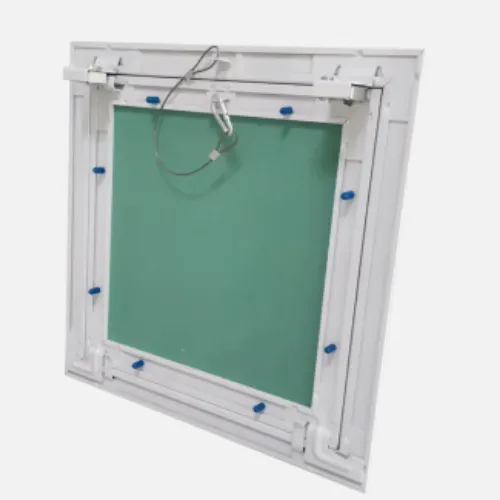10 月 . 13, 2024 23:24 Back to list
Comparing PVC and Gypsum Ceilings for Interior Design Choices
PVC vs Gypsum False Ceiling A Comprehensive Comparison
When it comes to interior design and construction, false ceilings have become increasingly popular for both aesthetic and functional purposes. Among the various materials available, PVC (Polyvinyl Chloride) and gypsum board are two of the most commonly used options. Each material has its advantages and disadvantages, making them suitable for different applications. In this article, we will explore the differences between PVC and gypsum false ceilings to help you make an informed decision for your next interior project.
Overview of False Ceilings
False ceilings, also known as drop ceilings or suspended ceilings, are secondary ceilings hung below the main ceiling. They serve various purposes, including improving aesthetics, hiding electrical and plumbing works, enhancing acoustics, and providing insulation. Choosing the right material is crucial, as it affects not only the appearance of the space but also its functionality and durability.
PVC False Ceilings
Advantages
1. Water Resistance One of the most significant benefits of PVC false ceilings is their water resistance. They do not absorb water, making them ideal for areas prone to moisture, such as bathrooms and kitchens.
2. Durability PVC is a highly durable material. It is resistant to mold and mildew, which means that it can maintain its appearance and structural integrity over time.
3. Ease of Installation PVC panels are lightweight and easy to install, which can significantly reduce labor costs and installation time.
4. Variety of Designs PVC ceilings come in a wide range of designs, colors, and finishes, allowing for greater creativity and personalization in interior design.
5. Low Maintenance Cleaning PVC ceilings is straightforward, as they can be easily wiped down without the need for special cleaning products.
Disadvantages
1. Heat Resistance While PVC is durable, it is not as heat resistant as some other materials. Excessive heat can cause the panels to warp or discolor.
2. Environmental Concerns PVC production involves chemicals that can be harmful to the environment, and while it is recyclable, not all PVC materials are disposed of responsibly.
pvc vs gypsum false ceiling

Gypsum False Ceilings
Advantages
1. Aesthetic Appeal Gypsum ceilings offer a sleek and sophisticated look, making them a popular choice for high-end interiors. They can be easily shaped into various designs, including curves and intricate patterns.
2. Sound Insulation Gypsum has excellent sound insulation properties, making it beneficial in areas where noise reduction is critical, such as theaters and conference rooms.
3. Fire Resistance Gypsum board is non-combustible and offers good fire resistance, adding an extra layer of safety to your building.
4. Paintable Surface Gypsum ceilings can be painted to match any decor, providing flexibility in design.
Disadvantages
1. Moisture Sensitivity Gypsum is susceptible to moisture and can deteriorate or develop mold in humid environments, making it less suitable for bathrooms or kitchens unless specially treated.
2. Heavyweight Gypsum boards are heavier than PVC, which can make installation more labor-intensive and costly.
3. Limited Designs While gypsum can be molded into various shapes, it does not offer the same range of designs and finishes as PVC.
Conclusion
In summary, both PVC and gypsum false ceilings have unique advantages and disadvantages that make them suitable for different applications. PVC is an ideal choice for moisture-prone areas, providing durability, ease of installation, and a variety of designs. On the other hand, gypsum false ceilings are preferred for their aesthetic appeal, sound insulation properties, and fire resistance.
Ultimately, the choice between PVC and gypsum false ceilings should be guided by the specific needs of your space, the desired aesthetic, and the environmental conditions. By considering the features of each material, you can select the perfect false ceiling that enhances your interior design while serving its functional purpose effectively.
-
Revolutionizing Interior Design with Ceilings t grid Suspended SystemNewsOct.29,2024
-
Revolutionizing Ceiling Design with ceiling access panel with Gypsum Tile WaterproofNewsOct.29,2024
-
Revolutionizing Interior Design with PVC Gypsum Ceiling: A Comprehensive GuideNewsOct.29,2024
-
Elevating Interior Design with High quality Mineral Fiber Ceiling TilesNewsOct.29,2024
-
Revolutionizing Interior Design with PVC Gypsum Ceiling: A Comprehensive GuideNewsOct.29,2024
-
Elevating Interior Design with High-Quality Mineral Fiber Ceiling Tiles: A Comprehensive GuideNewsOct.29,2024







